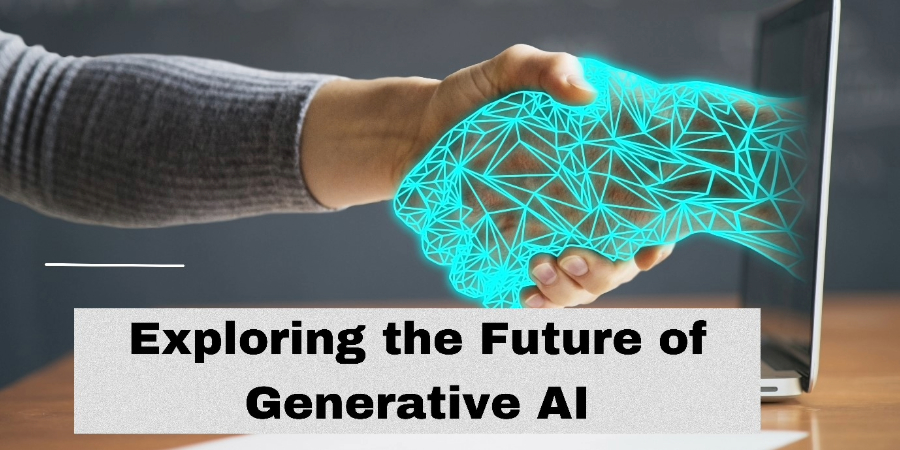Beyond Imagination: Exploring Generative AI Innovations
What does “generative AI” mean?
Generative AI: What Is It? Everything You Need to Know: Artificial intelligence technology known as “generative AI” is capable of producing a wide range of content, including text, images, audio, and synthetic data.
Why is generative AI different from regular AI?
While traditional AI employs predetermined rules to tackle certain tasks, generative AI concentrates on producing new content and data that is similar to the existing data but not identical.
What is a well-known generative AI example?
One of the greatest instances of a text-generative AI tool is ChatGPT, which generates and summarizes text based on user input. These tools create authentic and up-to-date content by using generative AI models that are trained on massive data sets.
What is the purpose of ChatGPT?
ChatGPT is an artificial intelligence (AI) chatbot that simulates human speech through natural language processing. The language model may write emails, articles, essays, code, social media postings, and other textual content in addition to responding to queries.
Generative AI: What Is It?
With the help of generative AI, users may produce new content quickly using a range of inputs. These models accept text, photos, music, animation, 3D models, and other kinds of data as inputs and outputs.GPT-3 and Stable Diffusion are two fundamental models that let users take advantage of language’s potential. For instance, well-known programs like ChatGPT, which utilizes GPT-3, let users create essays.
How Do Generative AI Models Get Evaluated?
A potent tool for expediting the work of researchers, scientists, engineers, and creatives alike is generative AI. All sectors and individuals can benefit from the use cases and opportunities.
Text, image, audio, video, and code are among the inputs that generative AI models can process to create new content in any of the aforementioned modalities. It can, for instance, convert text inputs into images, images into songs, and videos into text.
Section 1: Educating Yourself on Generative AI
Describe the fundamentals: Describe the basic ideas behind generative AI, such as deep learning, neural networks, and popular generative models like GANs (Generative Adversarial Networks).
Talk about training: Give a brief explanation of the massive datasets’ function in training these models.
Section 2: Generative AI Applications
Visual Arts: Examine how generative AI is applied to construct realistic-looking, non-existent faces as well as photos and other visual art.
Music Composition: Talk about how generative AI is used to write songs, experiment with new styles, and create music.
Writing: Emphasise how generative AI can be applied to the production of content, such as automated narrative and text generation.
Section 3: Difficulties and Moral Issues
Deal with prejudices: Talk about the possible biases that the training data may introduce into generative AI models and the significance of resolving these problems.
Moral considerations: Examine the moral issues raised by deepfakes and false information while using generative AI.
Section4: Generative AI’s Future Trends:
Innovative developments: Describe the most recent developments in generative AI, including enhanced model designs, higher productivity, and new applications.
Impact on Industry: Talk about how generative AI will probably change a variety of businesses in the years to come.
These are the most widely used uses of generative AI:
Language: Text is thought to be the most sophisticated domain and is the foundation of many generative AI models. Large language models (LLMs) are among the most well-known instances of generative models based on language. Big language models are being used for many other kinds of activities, including writing essays, writing code, translating texts, and even deciphering genetic sequences.
Audio: Within the field of generative AI, music, audio, and voice are also developing fields. As examples, consider models that can compose original music, identify objects in films and generate sound effects for them, and compose songs and short audio clips with text inputs.
Visual: The field of visuals is one in which generative AI is most widely used. This includes making videos, graphs, avatars, and other types of illustrations in three dimensions. It’s possible to create images in a variety of artistic styles and use editing and modification techniques to produce visuals. In addition to producing realistic visuals for virtual or augmented reality and 3D models for video games, generative AI models may also construct graphs that display novel chemical compounds and molecules that help in drug discovery, design logos, improve or alter preexisting graphics, and much more
Source

